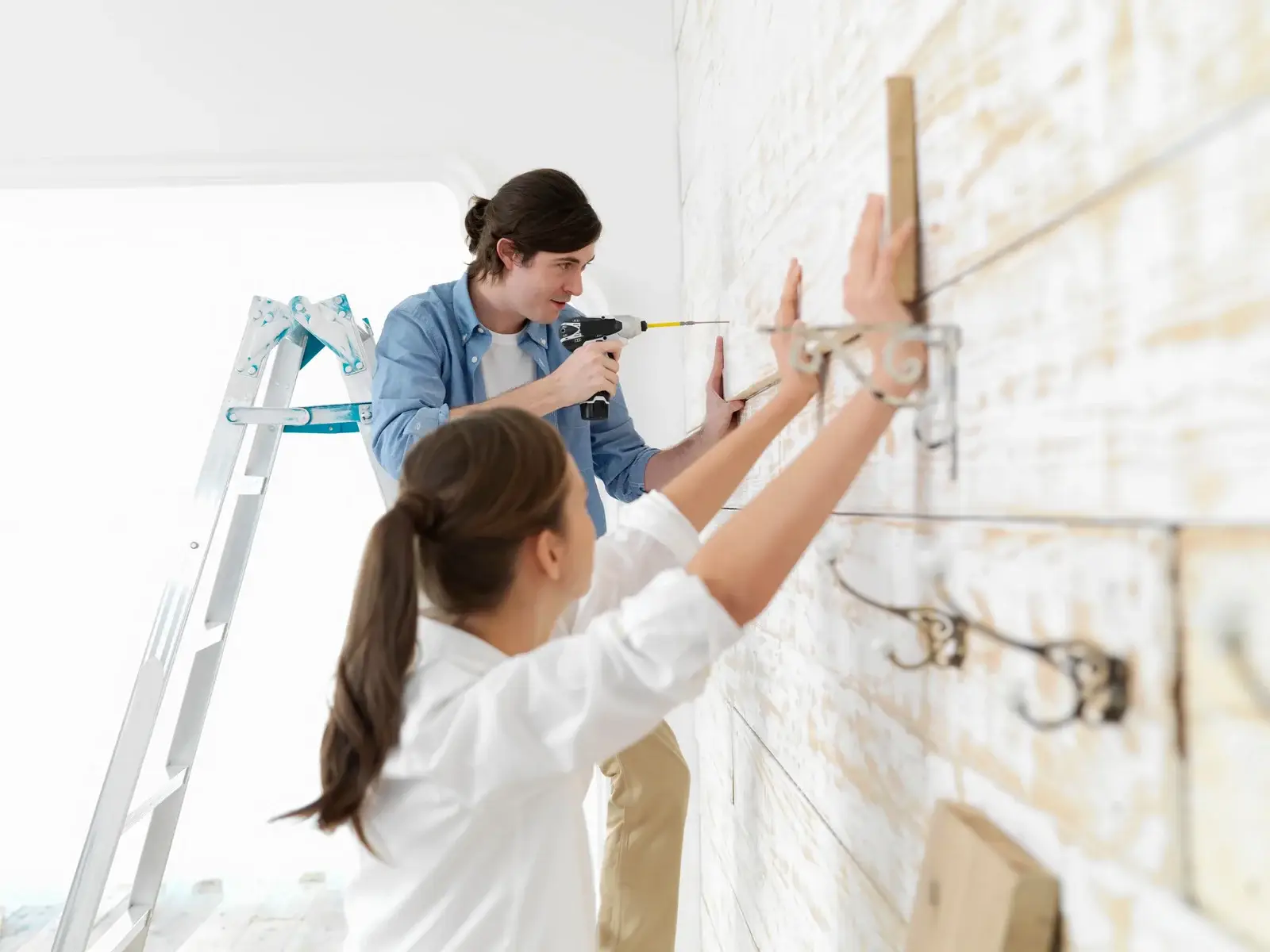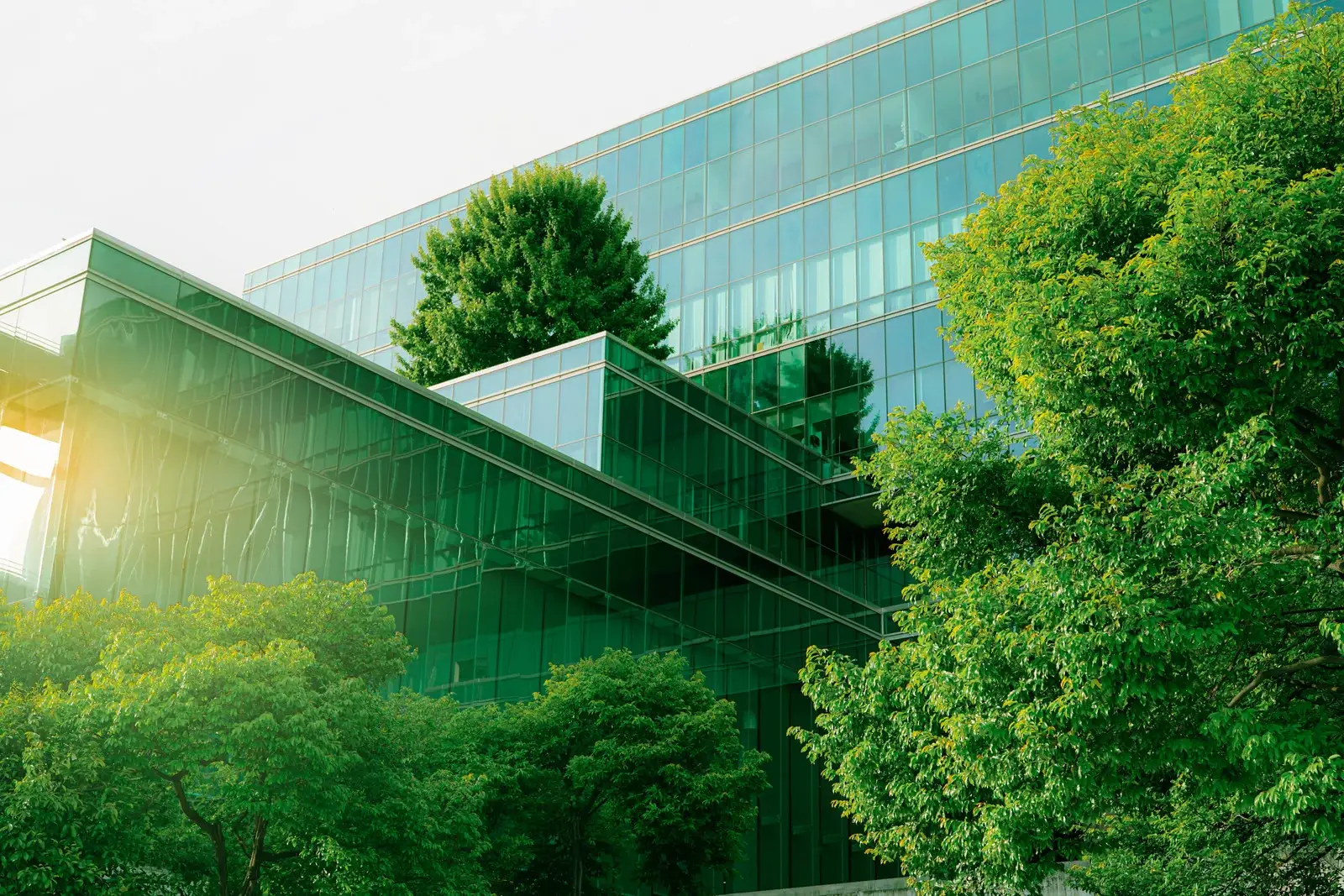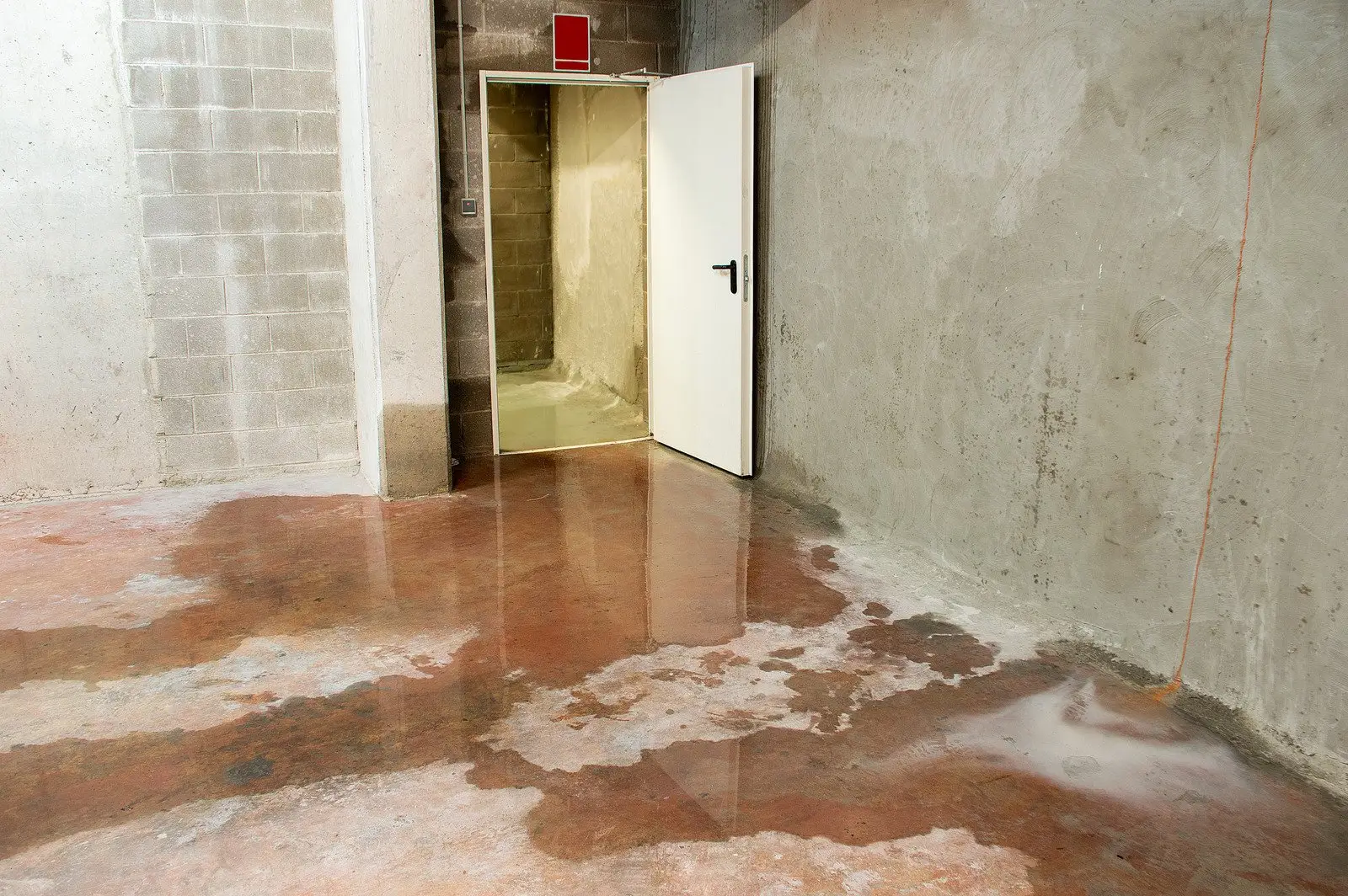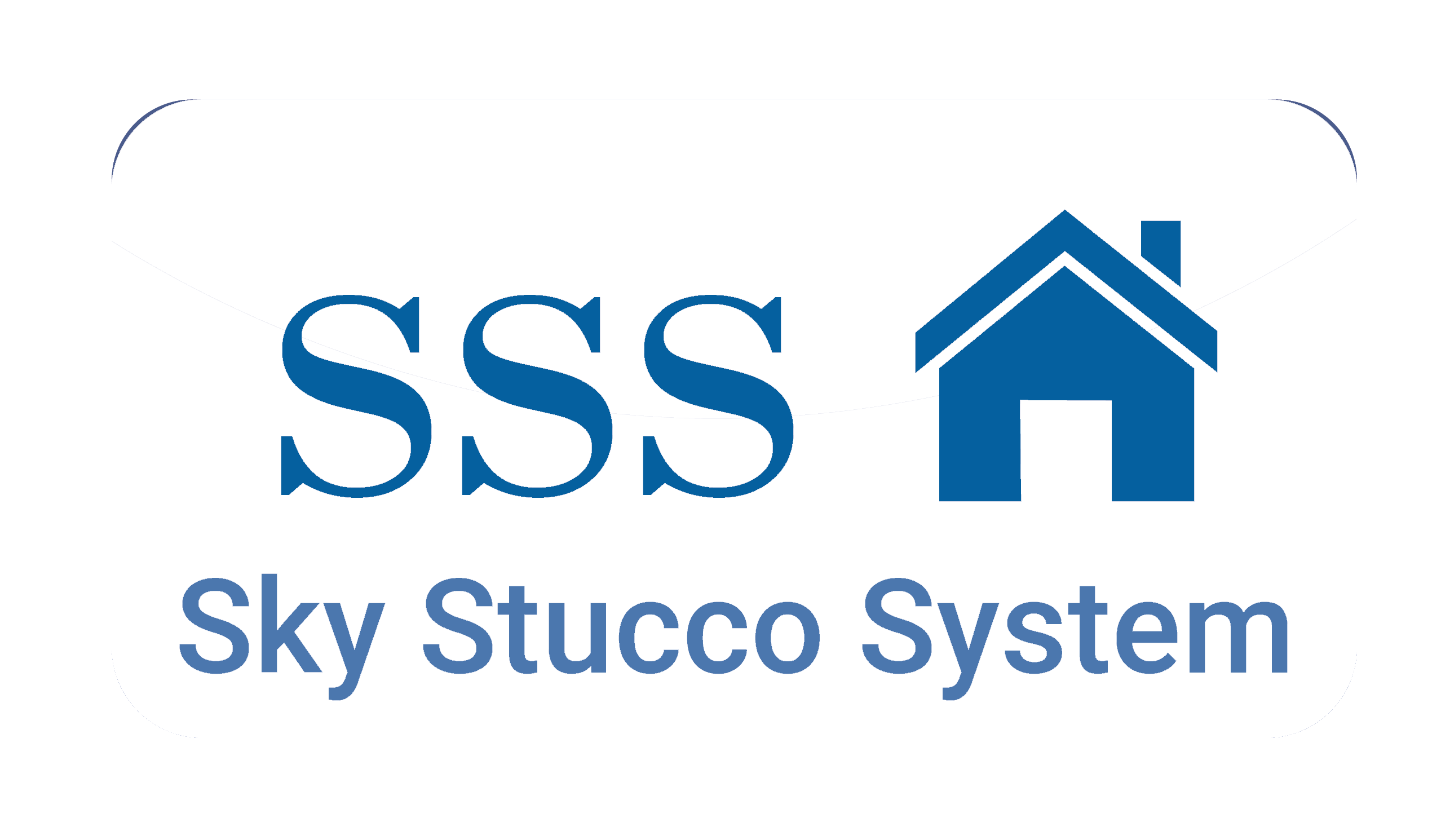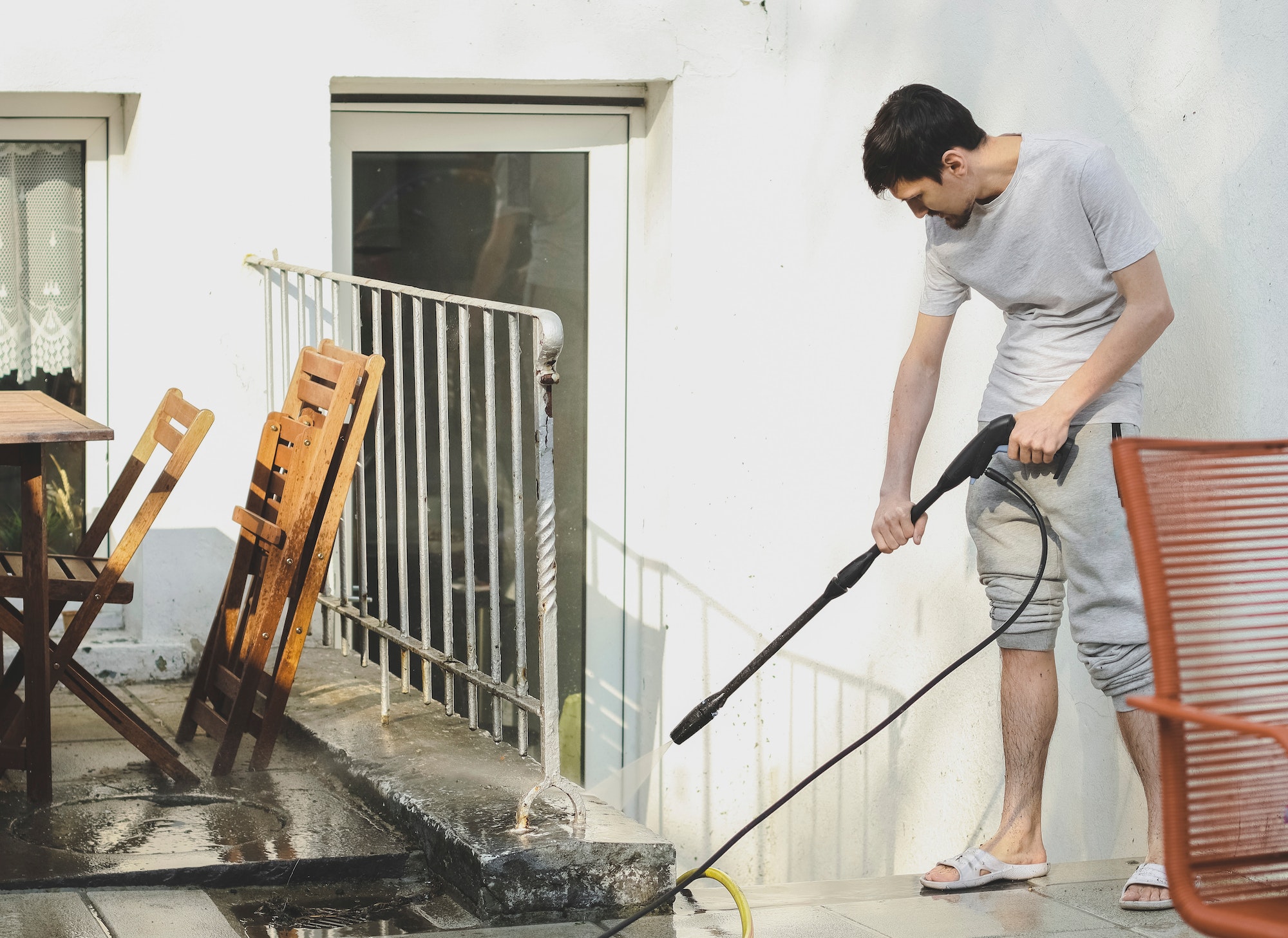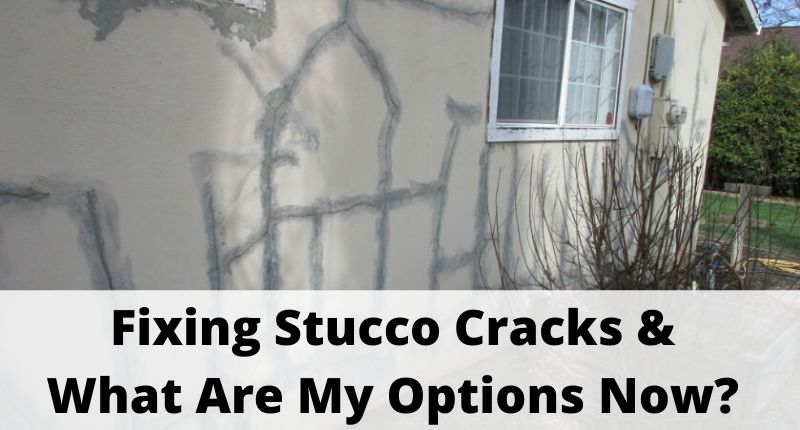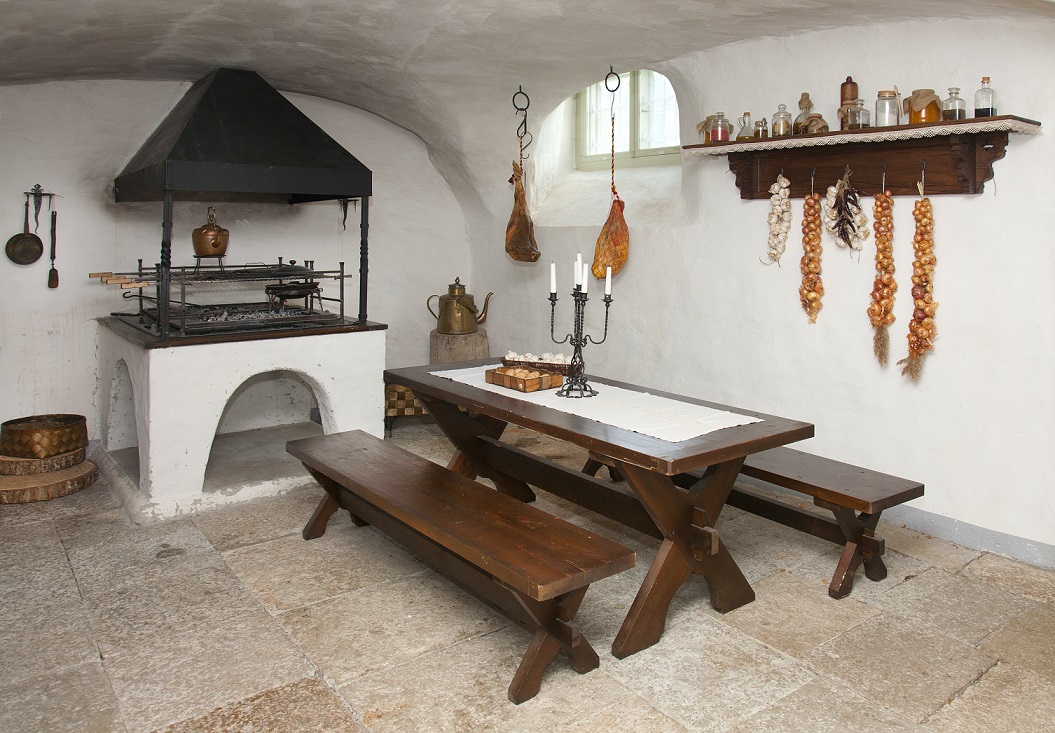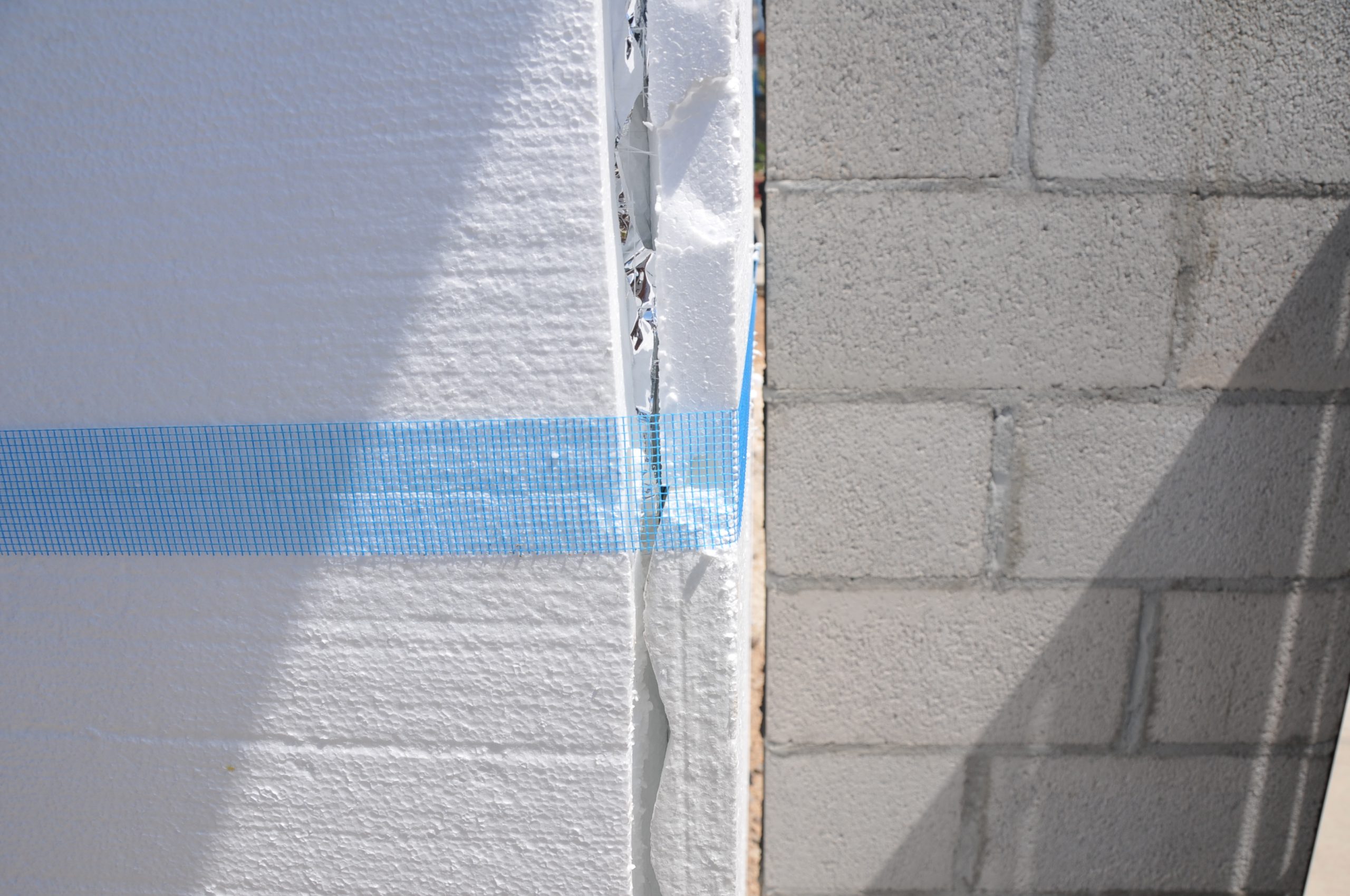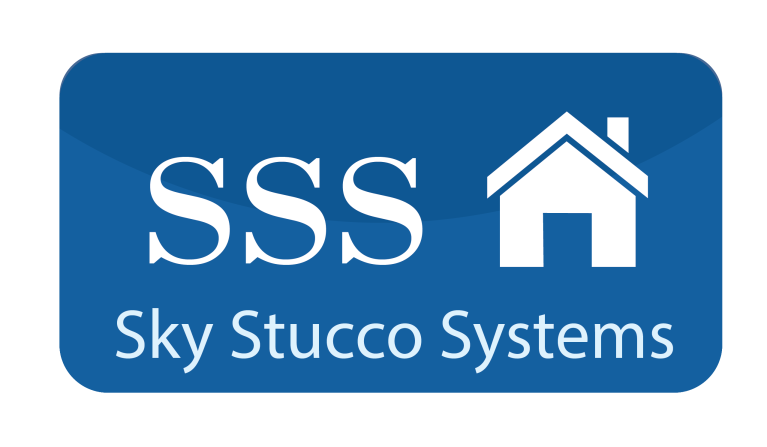If you want a comfy home you can use for generations, battling water and moisture damage is critical. And if your home has any stucco in its construction, you need a very particular approach. So, let’s go over stucco and moisture management: preventing water damage and mold growth.
The vulnerability of stucco to moisture
The vulnerability of stucco to moisture is a critical consideration. The sheer versatility of stucco necessitates dealing with this vulnerability if you want to use it widely. Stucco’s porous nature makes it susceptible to water infiltration, potentially leading to extensive damage. So, rain, humidity, and moisture accumulation can weaken its integrity over time. When water penetrates stucco, it can cause cracks, peeling, and even mold growth. So, without looking into stucco and moisture management, these issues can compromise the aesthetics and structural soundness of buildings. Therefore, understanding how moisture interacts with the material and implementing effective moisture barriers and drainage systems is essential. Additionally, addressing this vulnerability requires a comprehensive approach, from correct installation techniques to routine maintenance.
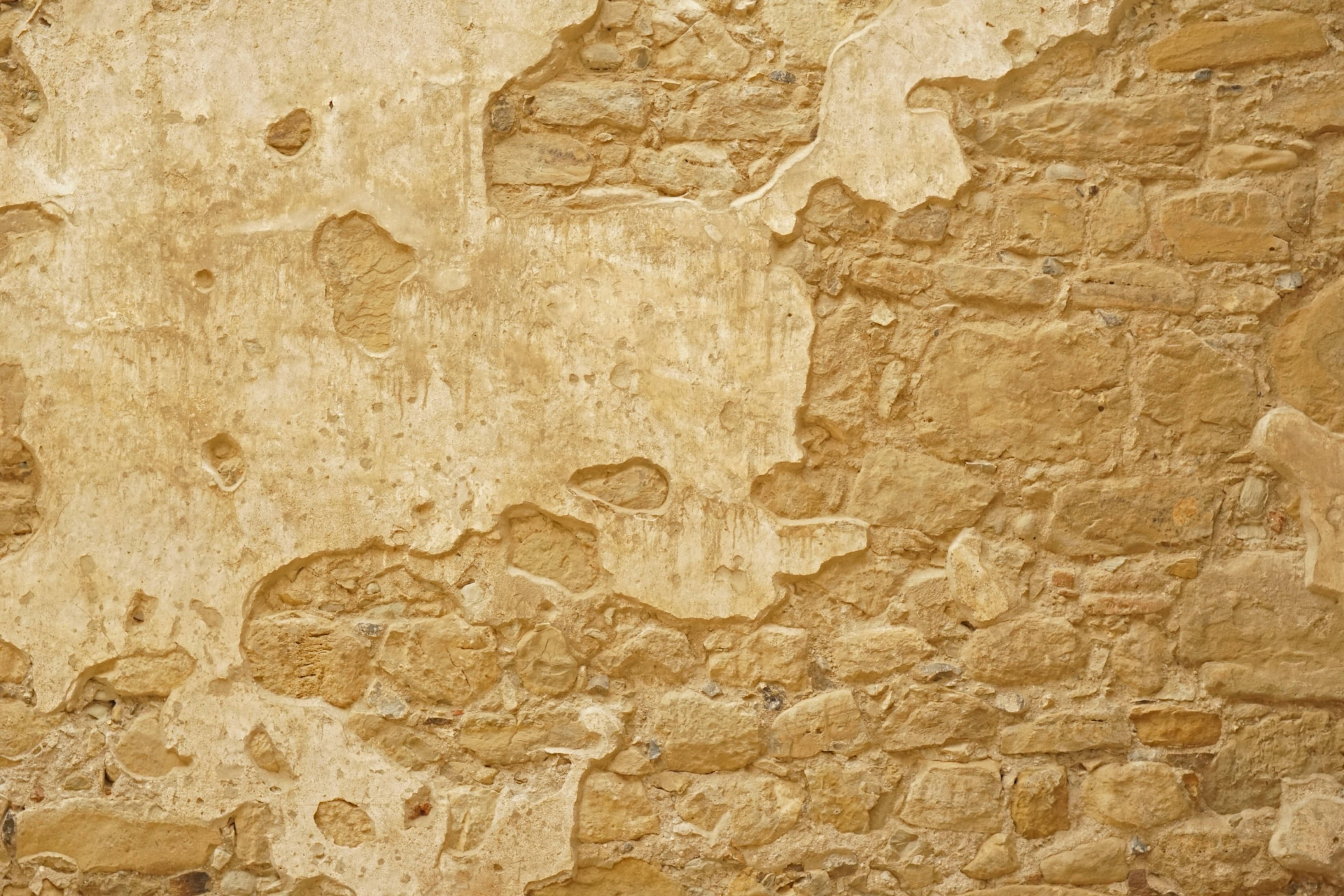
The importance of proper installation
Proper installation of stucco plays a pivotal role in its longevity and performance. So, ensuring correct installation techniques is imperative for preventing moisture-related issues down the line. From the initial lath installation to the final finish coat, each step contributes to the stucco’s durability! Moreover, adequate curing and drying time are essential, allowing the material to solidify properly. This helps prevent cracks, gaps, and water infiltration. Neglecting these steps can lead to weakened stucco that is more susceptible to moisture damage.
Furthermore, proper installation ensures a seamless and cohesive appearance, enhancing the building’s aesthetics. Adhering to industry best practices creates a protective barrier against water, safeguarding the structure and mitigating potential water-related problems. So, whether it’s a residential home or a commercial building, investing in proper installation is an investment in the long-term health and beauty of your property.
Moisture barriers and flashing systems
Moisture barriers and flashing systems are essential components in stucco and moisture management. These protective measures create a barrier against moisture, safeguarding the building’s structural integrity. Moisture barriers, such as building paper or synthetic underlayment, are installed beneath the stucco to repel water and prevent it from seeping into the walls. Conversely, flashing is strategically placed around openings like windows and doors to redirect water away from vulnerable areas. These systems work in tandem to channel water outwards and prevent it from accumulating behind the stucco, which could lead to damage and mold growth. So, by effectively managing water flow, moisture barriers and flashing systems play a crucial role in maintaining durability and aesthetic appeal over time. Therefore, properly installing these components is vital to ensure they function as intended, creating a reliable defense against water-related issues and contributing to the long-term well-being of the structure!
Ventilation and drainage systems
Ventilation and drainage systems are vital for preserving stucco’s integrity. Firstly, adequate ventilation prevents moisture buildup, averting potential damage. Proper drainage directs water away from surfaces, reducing the risk of water infiltration. Moreover, if you’re using stucco in storage areas, the storage teams from phillipsmoving.com warn that proper precautions become even more important! After all, storage rooms typically suffer from poor ventilation, and you can’t allow that to be true if you’re using stucco. Stagnant air can lead to moisture accumulation, creating an ideal environment for mold growth! So, ensuring proper airflow in storage areas is essential for maintaining stucco’s condition. Thankfully, implementing exhaust fans or dehumidifiers can counter poor ventilation challenges. Still, regular inspections and prompt action are key to preventing moisture issues.
Repairing water damage in stucco
When water damage affects your stucco, it’s crucial to address the issue to prevent further complications promptly. However, fixing the damage to your stucco involves a systematic approach. First, assess the extent of the damage, identifying areas with cracks, discoloration, or crumbling. Next, remove any damaged stucco carefully, ensuring it does not cause additional harm. Once the damaged material is removed, prepare the surface by cleaning and applying a bonding agent. Then, apply a patching material, matching the texture and color of the existing structure. Allow the patch to cure properly, ensuring its strength and durability. Lastly, finish by applying a sealant or coating to protect the repaired area from future water infiltration. Regular inspections and swift repairs play a pivotal role in maintaining the structural integrity and appearance of your building! By following these steps, you can effectively address water damage and restore the functionality and aesthetics of your home.
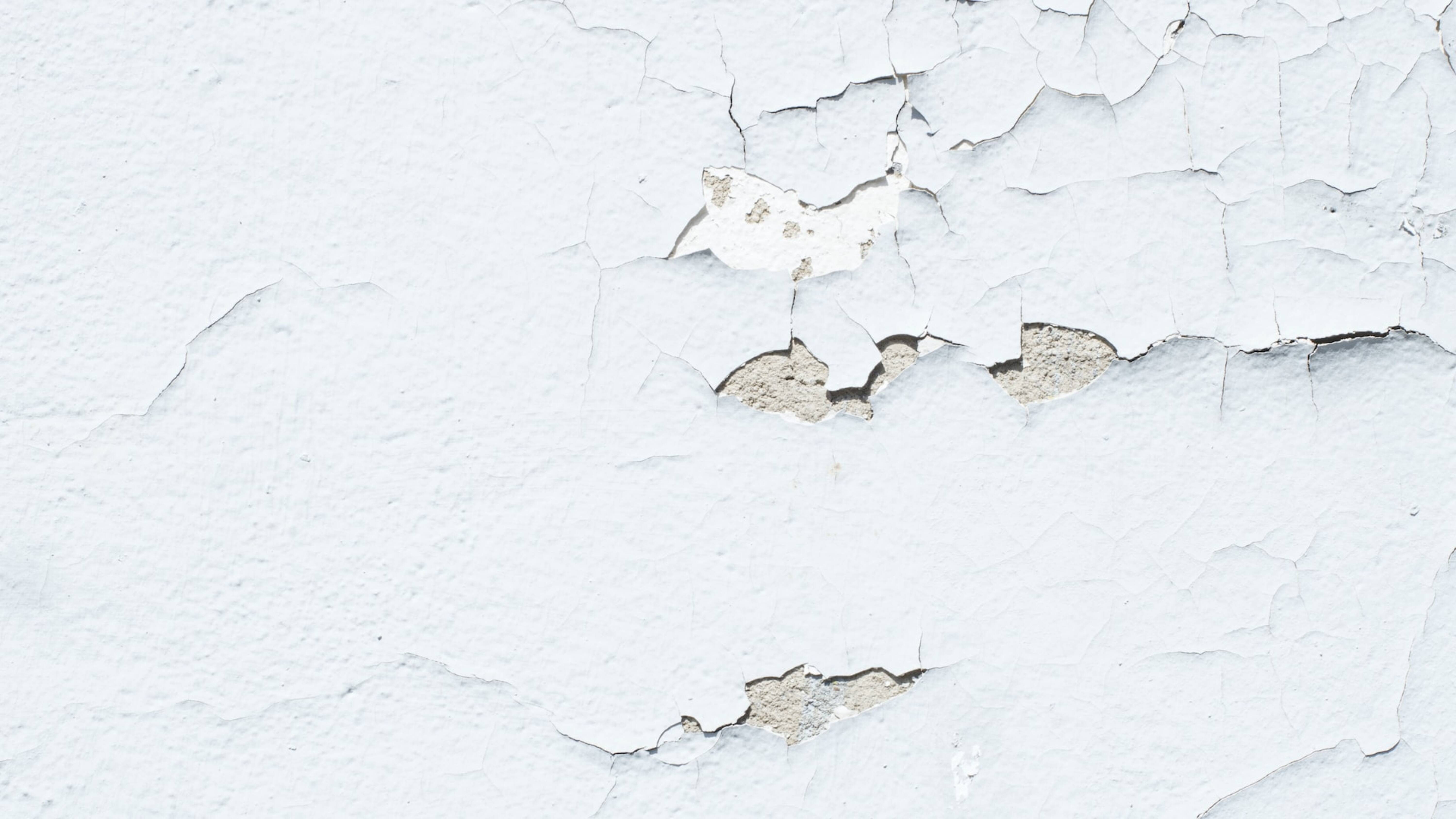
Mold growth and health concerns
Mold growth can lead to serious health concerns, underscoring the importance of effective stucco and moisture management. When moisture accumulates within stucco, it creates an ideal environment for mold to thrive. Mold spores can then become airborne, posing risks to respiratory health. Prolonged mold exposure can lead to allergies, asthma, and other respiratory issues. So, preventing mold growth starts with addressing moisture issues, like leaks or poor drainage. Adequate ventilation and maintaining indoor humidity levels below 50% are essential! And professional mold remediation might be necessary if mold growth is extensive. By taking proactive measures, property owners can mitigate the risk of mold, ensuring occupants a healthier indoor environment and preserving stucco-clad structures’ longevity.
Sealants and coatings
Sealants and coatings are pivotal in bolstering stucco’s resistance to water and external elements. These protective layers create an impenetrable barrier, shielding the material from moisture infiltration and potential damage. Additionally, sealants fill gaps and cracks, reducing vulnerability to water penetration. Coatings add an extra layer of defense, enhancing stucco’s durability against weathering. The application process is straightforward, and with a wide array of sealants and coatings available, you can tailor your choice to your specific needs. This extra protection extends the lifespan of your stucco and minimizes the risk of water-related problems like mold growth. So, this would allow you to properly make use of stucco!
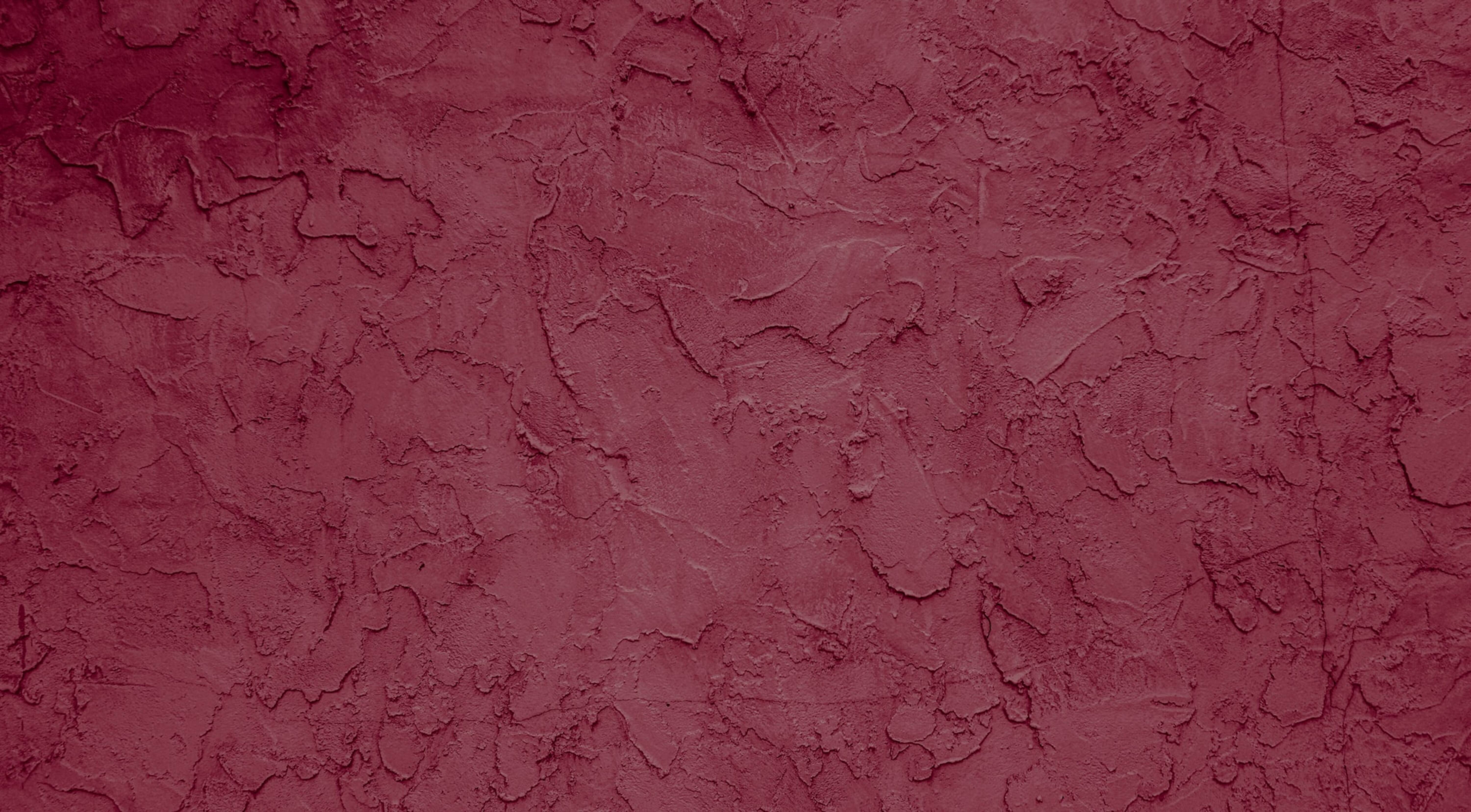
Enjoying what stucco offers without worry
We hope that with our guide on stucco and moisture management, preventing water damage and mold growth, you can make good use of this wonderful material! After all, it would be a shame to be soured on its utility and versatility just because of a single vulnerability!



